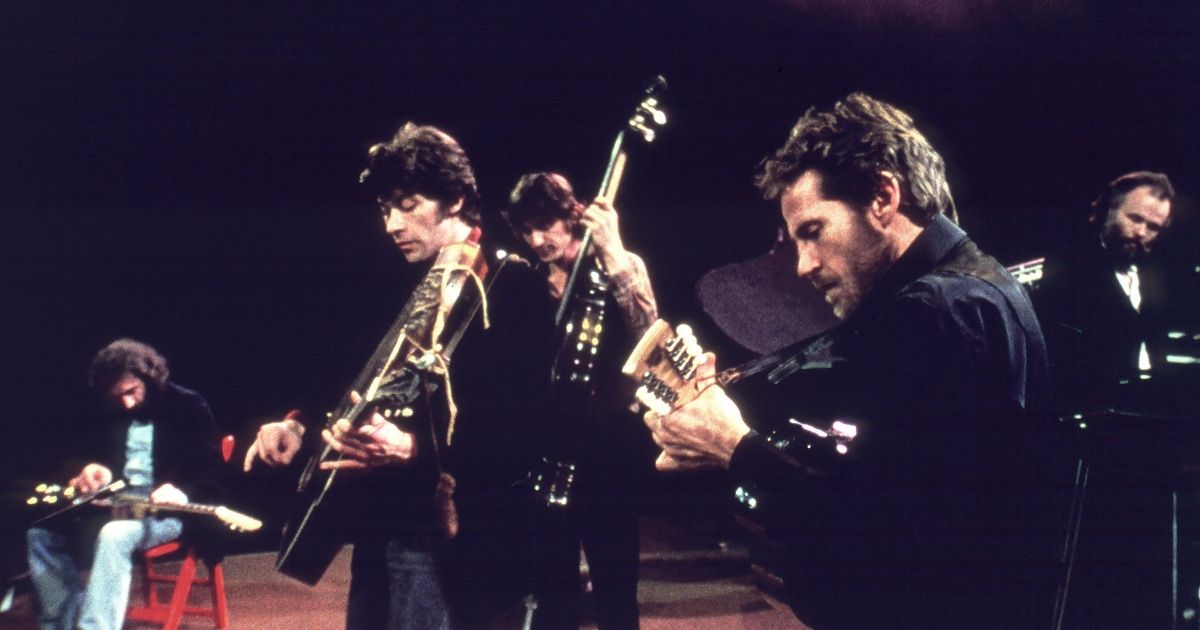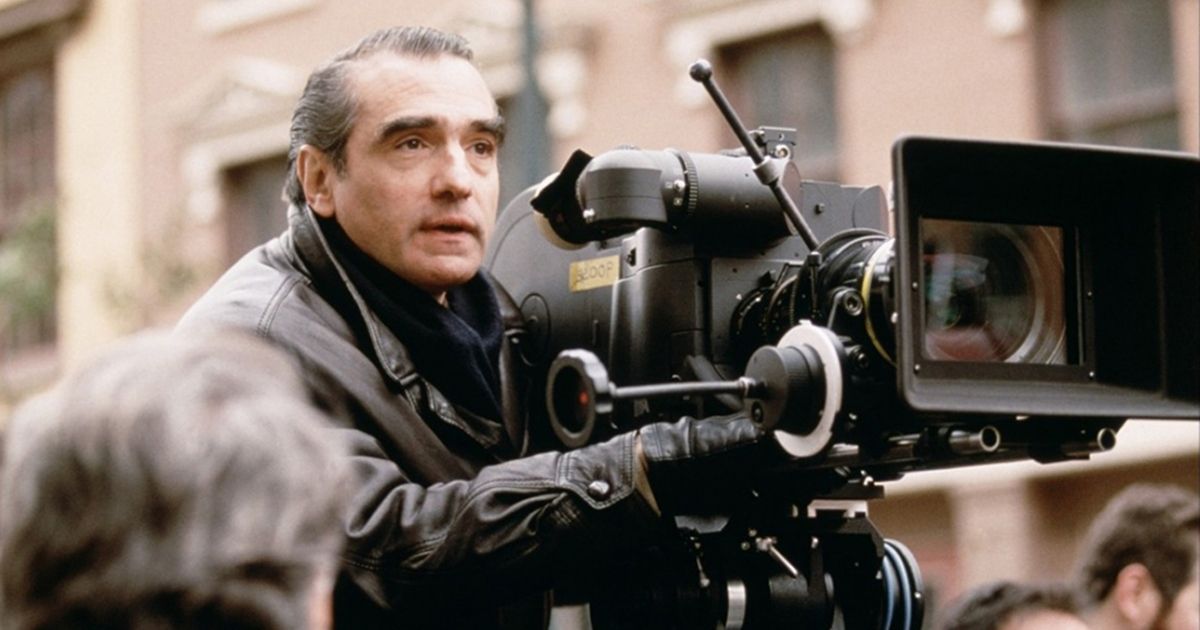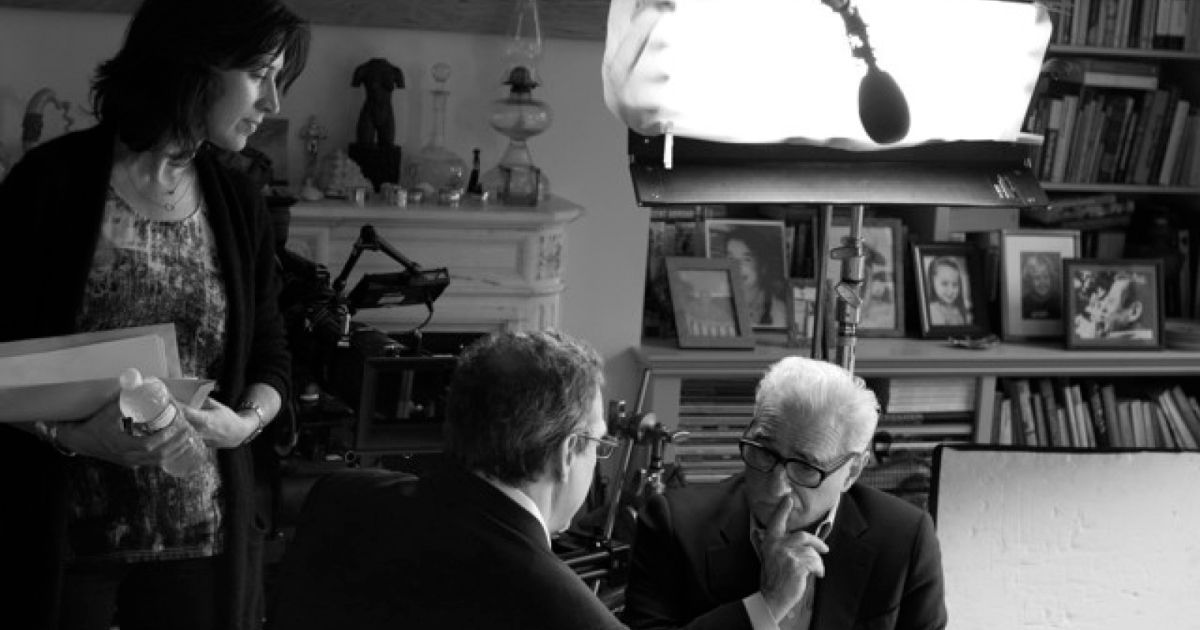Martin Scorsese has many faces as a filmmaker. Apart from elevating the gangster genre in American cinema, Scorsese has explored several areas of storytelling, which are remote to the genre of filmmaking he is famous for. The director was behind Michael Jackson’s iconic music video Bad, has appeared in countless commentaries on filmmaking, and has experimented with the pseudo-documentary, Rolling Thunder Revue: A Bob Dylan Story, merging his interest in fiction and non-fiction.
Needless to say, Scorsese’s contribution outside the world of non-fiction is criminally underrated. In these narratives, one sees the other sides of Scorsese, namely the New York patron, the music and film historian, and the biographer, proving he is an eternal seeker and an educator.
10 Pretend It’s a City
Pretend It’s a City is a documentary series that showcases interviews, live interactions, and anecdotes from writer and public figure Fran Lebowitz. The series is divided into seven episodes, in where Martin Scorsese interviews Lebowitz regarding various aspects of New York and the current status of its cultural significance. The writer is mostly shown complaining about modern living in New York, as the city gets crowded, and the streets are too dangerous. She also provides insights into the music culture, transport system, housing crisis, sports, health, and the dying culture of reading in America.
The camaraderie between the director and the writer keeps the narration conversational instead of sounding didactic. Their friendship keeps the series light-footed, as Scorsese cannot resist Lebowitz’s wit and sardonic sense of humor. The series oscillates between a buddy film and a social commentary, making it a one-of-a-kind Netflix binge.
9 Italianamerican
Martin Scorsese’s mother takes the spotlight in Italianamerican. The documentary is another conversational work, where Scorsese converses with his parents about their life as Italian immigrants in America. The film is shot inside the couple’s tiny apartment in New York. The documentary is a great insight into the director’s childhood and what inspires the characters in his stories, as they are actively borrowed from his own life. One can see the influence Scorsese’s mother, Catherine, has on him as she, too, is a great storyteller. She elaborates on the family’s origin in Italy, integrating with the American culture post-war, and the role of religion in keeping the community together. The film is intimate, lively and preservatory as Scorsese archives the consciousness of the generation that survived in America.
8 The Last Waltz
The Last Waltz is considered one of the best concert films, documenting the farewell concert of the Canadian-American rick group The Band in 1976. The concert was produced by Bill Graham and filmed by Scorsese, which was later turned into a documentary. The musical group had been together for 16 years, and the documentary captured the emotional journey of being on the road as musicians. The extravagant show also featured performances by rock legends such as Bob Dylan, Van Morrison, Eric Clapton, Joni Mitchell, Neil Diamond and Neil Young.
Scorsese was recruited to direct the film after The Band’s lead guitarist and songwriter, Robbie Robertson, was impressed by his use of music in Mean Streets. He used seven 35mm cameras operated by ace Hollywood cinematographers such as Michael Chapman, who also worked on Raging Bull. The film is dramatic as it explores the tensions of on-stage performances and the interactions between the band members off-stage, making it a stand-out documentary from Scorsese’s filmography.
7 A Personal Journey with Martin Scorsese Through American Movies
A Personal Journey with Martin Scorsese Through American Movies is a personal and educational documentary where the director shares the works of American filmmakers who inspired him and was produced by the British Film Institute. In the in-depth documentary, the filmmaker categorizes filmmakers into four categories: the storyteller, illusionist, smuggler and iconoclast. According to him, a director as a storyteller includes filmmakers who works on genre films, such as John Ford.
The director, as an illusionist, experiments with the technicalities of the medium, such as D. W Griffith. The smuggler hides a message in their films, such as Samuel Fuller and Douglas Sirk, and the iconoclast attacks social conventions with commentaries, such as Charlie Chaplin’s The Great Dictatorand Stanley Kubrick’s Lolita. Scorsese wears several hats of a film historian, a student, a cinephile and a director while commenting on the pioneers of American filmmaking and is a must-watch for aspiring filmmakers.
6 My Voyage to Italy
The director deep dives into his Italian film heritage in My Voyage to Italy. The film is personal as Scorsese talks about the works of Italian filmmakers he watched as a young boy. The director claims he would be a different filmmaker had he not watched the works he mentions in the documentary. He starts with his personal history, being born to an Italian American family and growing up in Manhattan. The documentary also works as a personal essay on Italian cinema history. It mainly focuses on the films by Roberto Rossellini and features the works of Vittorio de Sica, Luchino Visconti, Federico Fellini and Michelangelo Antonioni. My Voyage to Italy gives the impression that Scorsese deeply relied on Italian cinema to stay connected to his Italian roots in America. It conveys that to know Martin Scorsese, one needs to know the movies he loved.
5 No Direction Home: Bob Dylan
No Direction Home: Bob Dylan is a biographical documentary of Bob Dylan, directed by Martin Scorsese. The film traces the singer-songwriter and poet’s impact on American music culture and the controversies surrounding his transition from folk music to rock. The film is set in the period from Dylan’s initial career in 1961 to his retirement after his motorcycle accident in 1966. It contextualizes what led to Dylan’s prominence as the face of the counterculture as a folk singer and later as a rock artist, when he fought against societal norms and music conventions as an artist. The title of the documentary is inspired by Dylan’s song, Like a Rolling Stone, and features footage of live concerts, press conferences and interviews by the singer’s closest friends, including the poet Allen Ginsberg.
4 Public Speaking
Public Speaking saw the early traces of Pretend It’s a City. The documentary was released in 2010, a decade before the series, and focused on Fran Lebowitz as a public intellectual and saw only a glimpse of the friendship between Scorsese and the writer. The film features interviews, live shows, and public engagements by Fran and her self-defeatist takes on her personal life. Like the series, Public Speaking is a character study of the writer and her insights on the zeitgeist that made her popular. In many ways, the writer is shown as a relic of her times who is averse to technology but much ahead of her time for her razor-sharp observations on public life. No doubt, the documentary was asking for a series.
3 George Harrison: Living in the Material World
George Harrison: Living in the Material World is a biographical documentary from Martin Scorsese, which archives the life of The Beatles member George Harrison. The film chronicles Harrison’s childhood in Liverpool, his relationship with music and fame with The Beatles, and his involvement with the Krishna Consciousness movement. The musician’s affinity for the spiritual world was of personal interest to Scorsese, which attracted him to the project. Scorsese added, he wanted to explore Harrison’s journey and investigate what the world does not know about the popular singer. The documentary won two Primetime Emmy Awards, with Scorsese winning Outstanding Directing for Nonfiction Programming.
2 The 50 Year Argument
The 50 Year Argument shows the impact of the magazine New York Review of Bookson its 50 years of excellence. The literary-intellectual magazine is known for its articles on literature, culture, economics, science and current affairs published in New York. Scorsese uses the lens of an admirer of the magazine and a New York patron as the documentary probes into the magazine’s role in rationalizing the writer’s strike, Civil Rights Movement, the Arab Spring conflict and other historical moments. The film romanticizes the inviting space the magazine created for intellectuals to express and disagree with each other, making a poignant commentary on the changing climate of journalism.
1 The Blues
The Blues is another docuseries that chronicles American music. This time, Scorsese explores the roots of blues music with seven episodes dedicated to an influential phase in shaping blues music in America.
The first episode titled, "Feel Like Going Home," is directed by Scorsese, where he travels through Mississippi, paying homage to the early style of Delta blues. The second episode, "The Soul of a Man," celebrates the music of Skip James, Blind Willie Johnson and J.B. Lenoir. The next episode, "The Road to Memphis," explores the rise of music in Beale Street and B.B. King’s launch at WDIA radio station. The episode "Warning by the Devil’s Fire" portrays the relationship between religion and blues music. The episode directed by Marc Levin, "Godfathers and Sons," shows Marshall Chess talking about his father, Leonard Chess, and how his company, Chess Records, changed the blues industry. The series also shows the influence of blues music in Britain in the episode "Red, White and Blues." At last, Clint Eastwood directs the episode "Piano Blues," dedicated to the rendition of the musical style through piano, which makes the series full of surprises.










Comments
Post a Comment